For those of you trying to identify age here are a few guidelines.
The government produced the first “Postal Card” in 1873. One side was for the message and the other side was for the address.
1898 – 1907 – Private Mailing Card
In 1898 the government began allowing private companies to produce postcards, introducing the era of the “private mailing card” which distinguished privately produced cards from government cards. One side for message, other side for address continued.
1901 – 1907 Undivided Back
In 1901 the government allowed private printers to use the word “postcard” rather than private mailing card. The back of the card still only allowed the address, but by this time most postcards had images on the front of the card with a small space allowed for a message.
1907 – 1915 Divided Back
In 1907 the government allowed the back of the postcard to be split into 2 sections, with the message on the left and the address on the right.
1915 – 1930 White Border
In early postcard history most postcards were produced in Germany. In 1915 American printers began to take over the printing of postcards introducing the “white border postcard”. The white border was used to save the printer ink, not printing all the way to the edge.
1930 – 1945 Linen
Beginning in the 1930s, new printing processes allowed printers to produce postcards with high rag content, which gave them a look of being printed on linen, rather than paper, hence the linen era of postcards.
1939 – Present Chrome
Modern “Chrome” postcards were first printed in 1939 and continue today.
One other thing to talk about is real photo postcards, often abbreviated RPPC.
In 1903 Kodak introduced a camera designed for postcard-size film, allowing the general public to take photographs and have them printed on postcard backs, usually in the same dimensions as standard vintage postcards. In 1907, Kodak introduced a service called “real photo postcards,” which enabled customers to make a postcard from any picture they took. Because of this, many RPPC’s are pictures of people with no information describing who they are, where they are or when the photo was taken. In spite of this they make interesting viewing. Traveling photographers also made RPPC’s and on these there tended to be more information given.


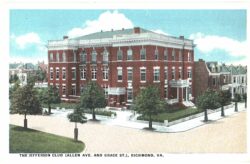
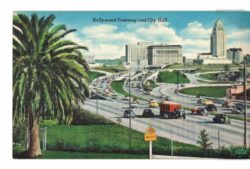
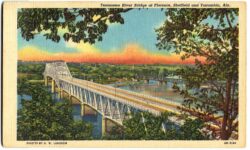
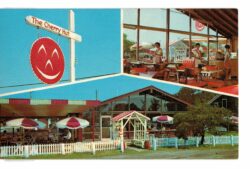
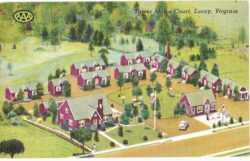
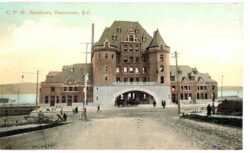
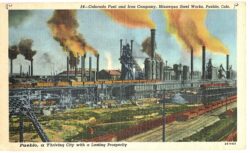

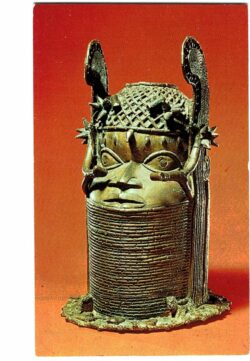
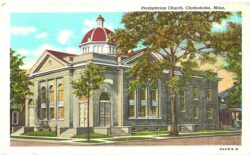
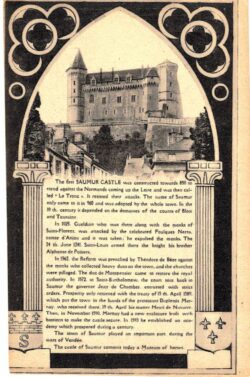
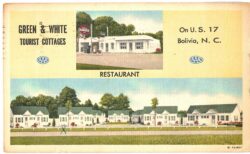
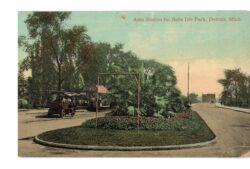

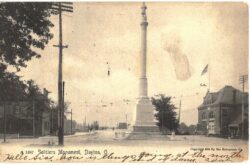
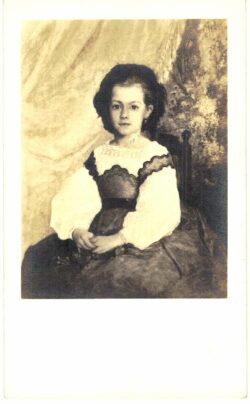
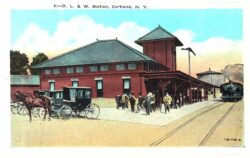
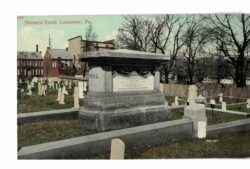
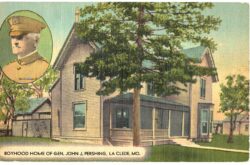
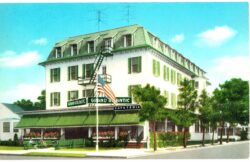
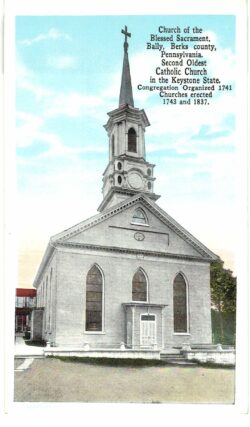


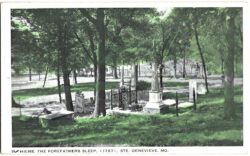


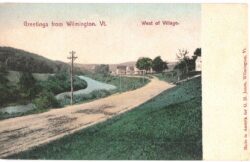
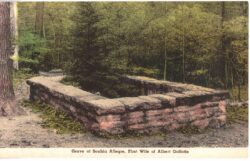


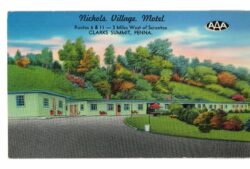
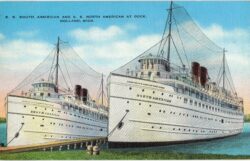
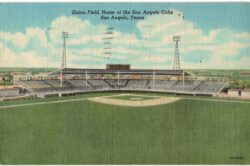
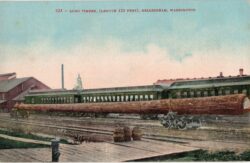
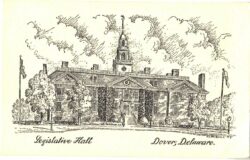
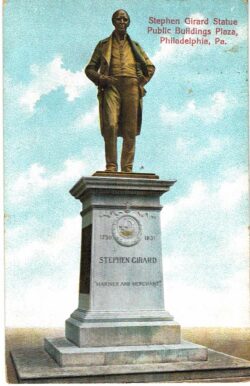
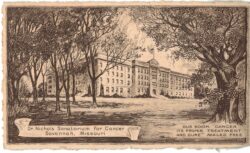

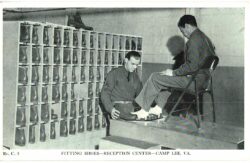
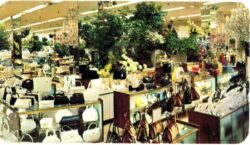
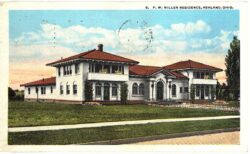
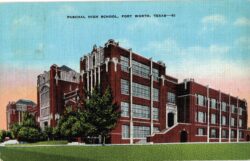
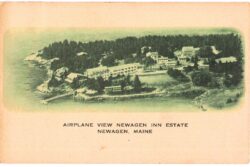
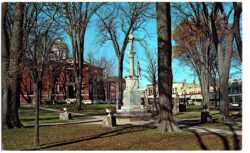

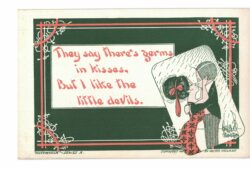
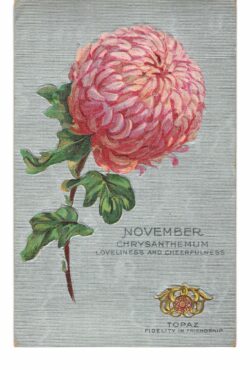
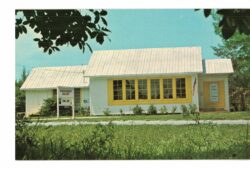
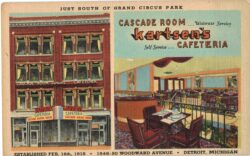
Comments 6
I truly appreciate this forum post. Fantastic. Ossie
The first non-Postal postcard, meaning a privately made postcard where postage had to be affixed was introduced in Austria in 1869 and by 1870, picture postcards were all the rage!
Hi Jackie,
I am a little new to this and have a question regarding “real photograph postcards. To determine if a postcard is a “rppc”, I have used a magnifying glass to see if the “dots” are present – I have read that if dots are present, it is a printed postcard. If not, it is a real photograph postcard. All cards that use Kodak paper never show dots – the older cards may have “like a haze” on the surface – they seem easy to identify. However, cards that don’t appear to have dots, but look like a very solid black and white under the magnifying glass , those are the ones that I just can’t seem to decide if they are or are not rppc’s. Any help would be greatly apppreciated.
Al Wolf
Author
I pretty much do it like you do, but I find that the zoom function on computer after I scan works better than the magnifying glass. Not sure exactly what you mean on the one’s you can’s decide about, but I also sometimes have a hard time deciding. Sorry I’m not much help.
Jackie
I have read so many articles about the blogger lovers however this piece of
writing is genuinely a fastidious article, keep it up.
Author
Glad you like it.
Jackie